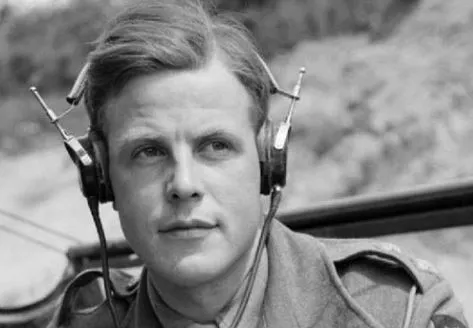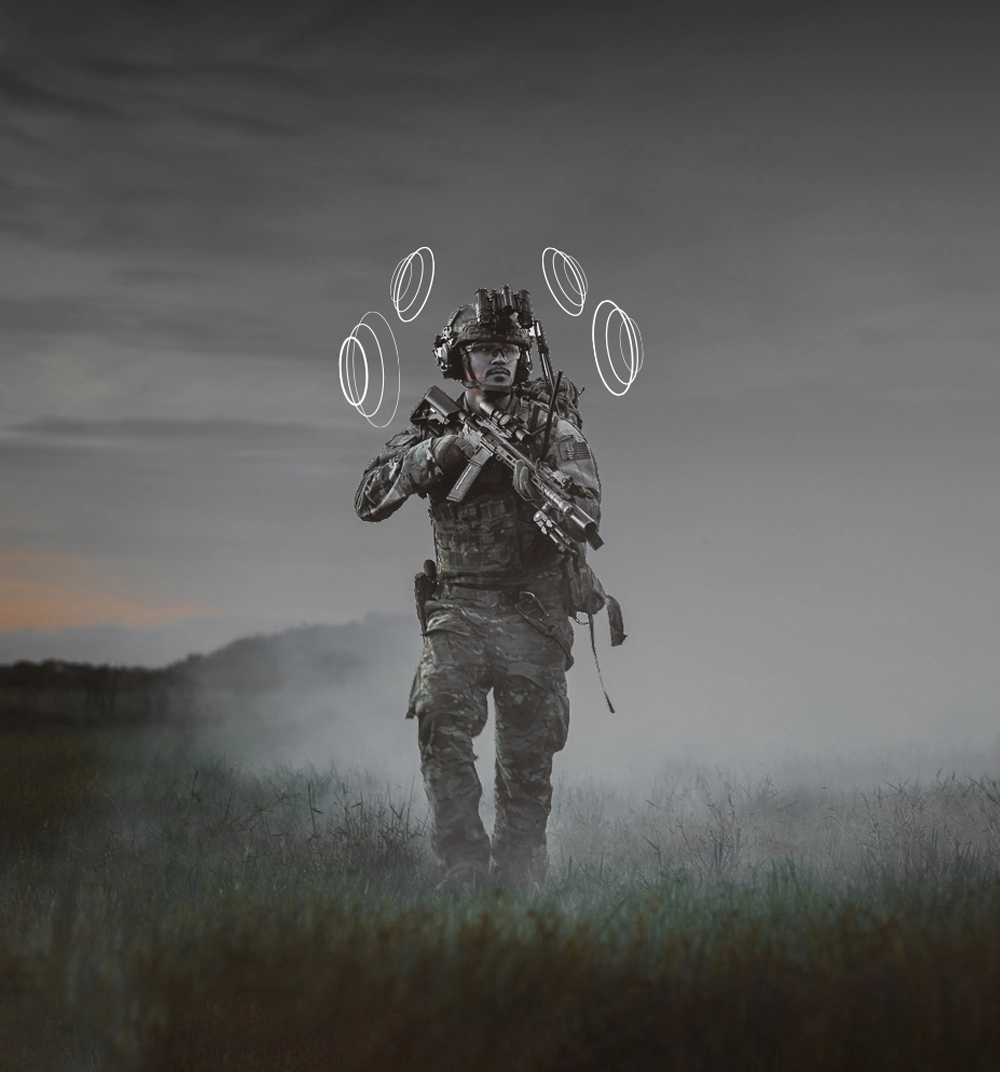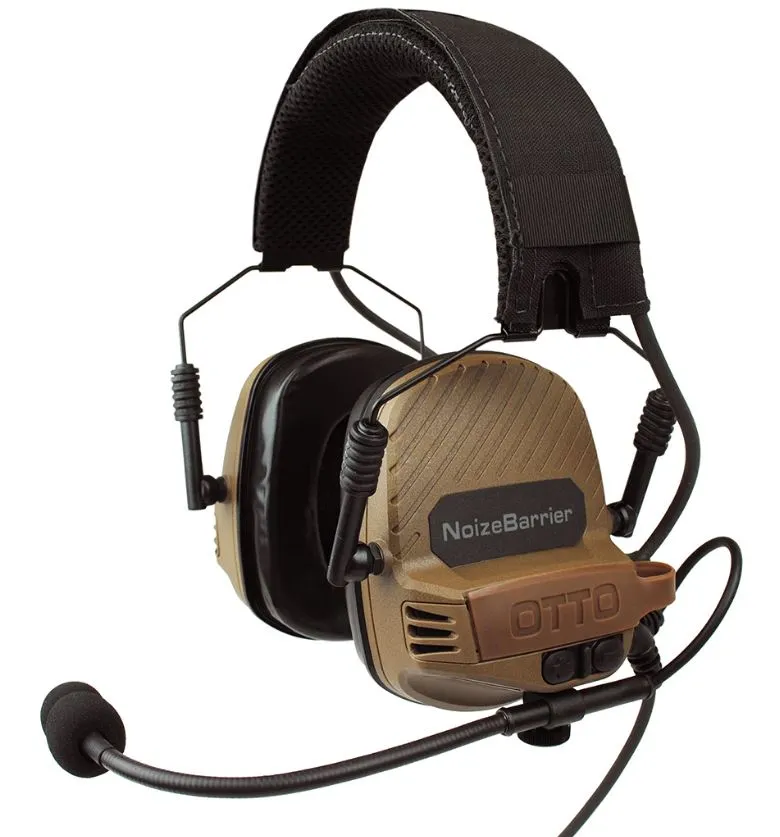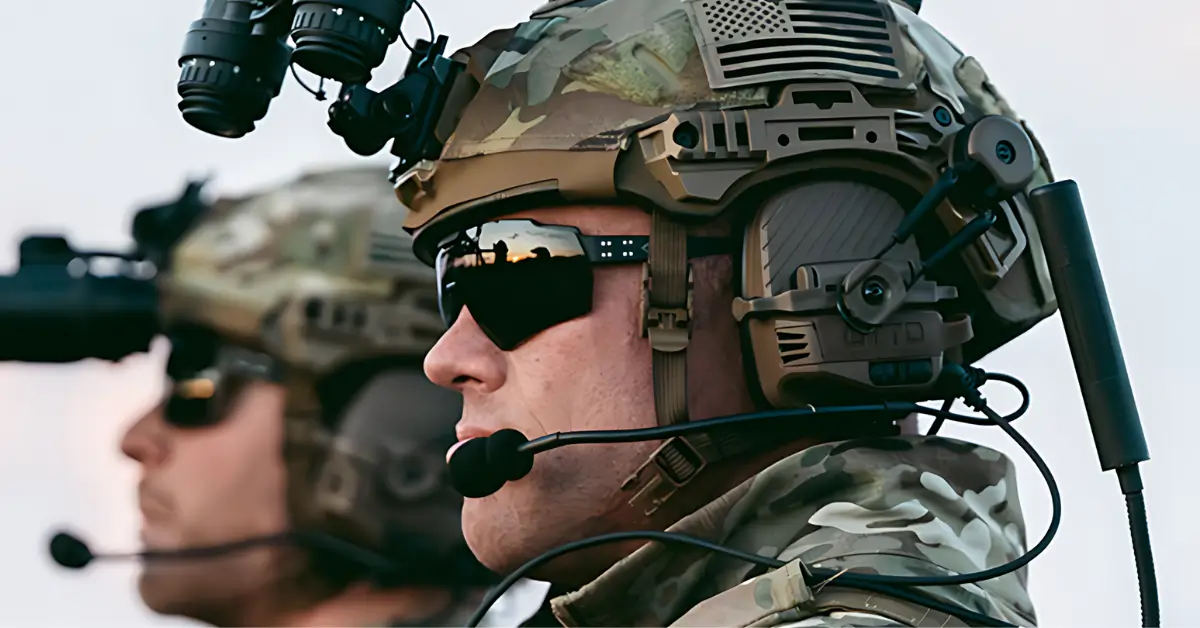Introduction
Military technology has come a long way since the days of Morse code and bugle calls. One aspect of this evolution that often goes unnoticed is the development of military headphones. These unassuming devices have played a crucial role in communication and situational awareness on the battlefield. This article will delve into the fascinating history and evolution of military headphones, from their humble beginnings to their advanced modern counterparts.
Early Military Communication
Before the advent of military headphones, communication on the battlefield was a challenging and often chaotic affair. During the American Civil War (1861-1865), field commanders relied on signal flags, bugle calls, and messengers to relay orders and information. The limitations of these methods were evident, as they were slow, prone to misinterpretation, and could be compromised by the enemy.
Derk Wisman, CEO at MSS DEFENCE, notes: “The early days of military communication were marked by ingenuity and resourcefulness. However, it was clear that advancements were needed to ensure efficient and secure communication in the field.”
The Invention of the Telephone Headset
The late 19th and early 20th centuries saw significant advancements in communication technology, eventually leading to the invention of the telephone headset. Thomas Edison, in 1877, patented the carbon microphone, a crucial component in early telephony. This development paved the way for creating the first telephone headsets, allowing users to have hands-free conversations.
During World War I (1914-1918), telephone headsets found their way onto the battlefield. Soldiers and commanders used these headsets to communicate over telephone lines, enabling more efficient and secure communication. These early military headphones were often large and bulky, resembling the headgear of pilots rather than the sleek and compact designs we are familiar with today.
World War II and the Birth of Radio Communication
World War II (1939-1945) marked a significant turning point in the evolution of military headphones. The advent of radio technology allowed for wireless communication between soldiers, tanks, aircraft, and command centres. As a result, lightweight and comfortable headphones were needed to facilitate clear communication.

Innovative headphones
The M-33 and M-48 headsets were among this era’s most iconic military headphones. They featured a single ear cup design and an adjustable headband, making them more practical for soldiers in combat. These headphones improved situational awareness and allowed for more efficient coordination between units.
Derk Wisman comments: “World War II brought about a revolution in military communication technology, with radio-equipped headphones playing a pivotal role in coordinating forces and responding to threats.”
The Cold War and Beyond
The Cold War era (1947-1991) brought further advancements in military communication technology. Headphones evolved to meet the changing needs of soldiers, particularly in the context of nuclear warfare and the potential for global conflict. Noise-cancelling technology was integrated into military headphones to protect soldiers’ hearing in noisy environments, such as aircraft carriers and tanks.
Communication became even more critical with the development of modern warfare tactics and the increasing complexity of military operations. This led to integrating advanced features into military headphones, such as built-in radios, Bluetooth connectivity, and noise-cancellation technologies.
Derk Wisman reflects: “The Cold War era was marked by a constant drive for innovation, resulting in headphones that not only provided clear communication but also protected soldiers from the harsh noise environments they often faced.”
Contemporary Military Headphones
Today, military headphones have become highly sophisticated tools that play a vital role in modern warfare. They are designed to be rugged and comfortable and offer superior noise isolation. Specialised models cater to various military branches, including infantry, aviation, and naval units. These headphones are equipped with features like situational awareness systems, ambient noise amplification, and integrated communication interfaces, allowing soldiers to communicate effectively while maintaining awareness of their surroundings.
In addition to communication, modern military headphones also serve as hearing protection. They can suppress dangerous noise levels, such as gunfire and explosions while allowing soldiers to hear essential sounds like commands or approaching threats.
Derk Wisman, CEO at MSS DEFENCE, highlights: “In the contemporary military landscape, the role of headphones has evolved beyond communication alone. They are now an integral part of soldier safety and effectiveness.”
The Pinnacle of Military Headphones Technology: OTTO COMMUNICATIONS 3D Audio
Among the cutting-edge innovations in military headphone technology, the pinnacle is OTTO COMMUNICATIONS’ 3D Audio capability, which combines their NoizeBarrier TAC headphone with the ESP PTT (Enhanced Spatial Positioning Push-to-Talk) system. This remarkable advancement in audio technology provides soldiers with an immersive and unparalleled auditory experience.
3D Audio with ESP PTT
Derk Wisman, CEO at MSS DEFENCE, expresses admiration for this advancement: “The OTTO COMMUNICATIONS 3D Audio system represents a game-changing development in military headphones technology. It enhances situational awareness to an entirely new level, allowing soldiers to pinpoint the source of sounds in their environment accurately.”
NoizeBarrier TAC
Conclusion
The history and evolution of military headphones are a testament to the continuous innovation and adaptation of technology in response to the needs of the armed forces. From the humble beginnings of telephone headsets to the cutting-edge, feature-rich models used in today’s military, these devices have played a vital role in enhancing battlefield communication, situational awareness, and hearing protection. As military operations continue to evolve, the OTTO COMMUNICATIONS 3D Audio system is a testament to the ongoing pursuit of excellence in military headphone technology.
More information:
NoizeBarrier TAC Headset
ESP Push-To-Talk




